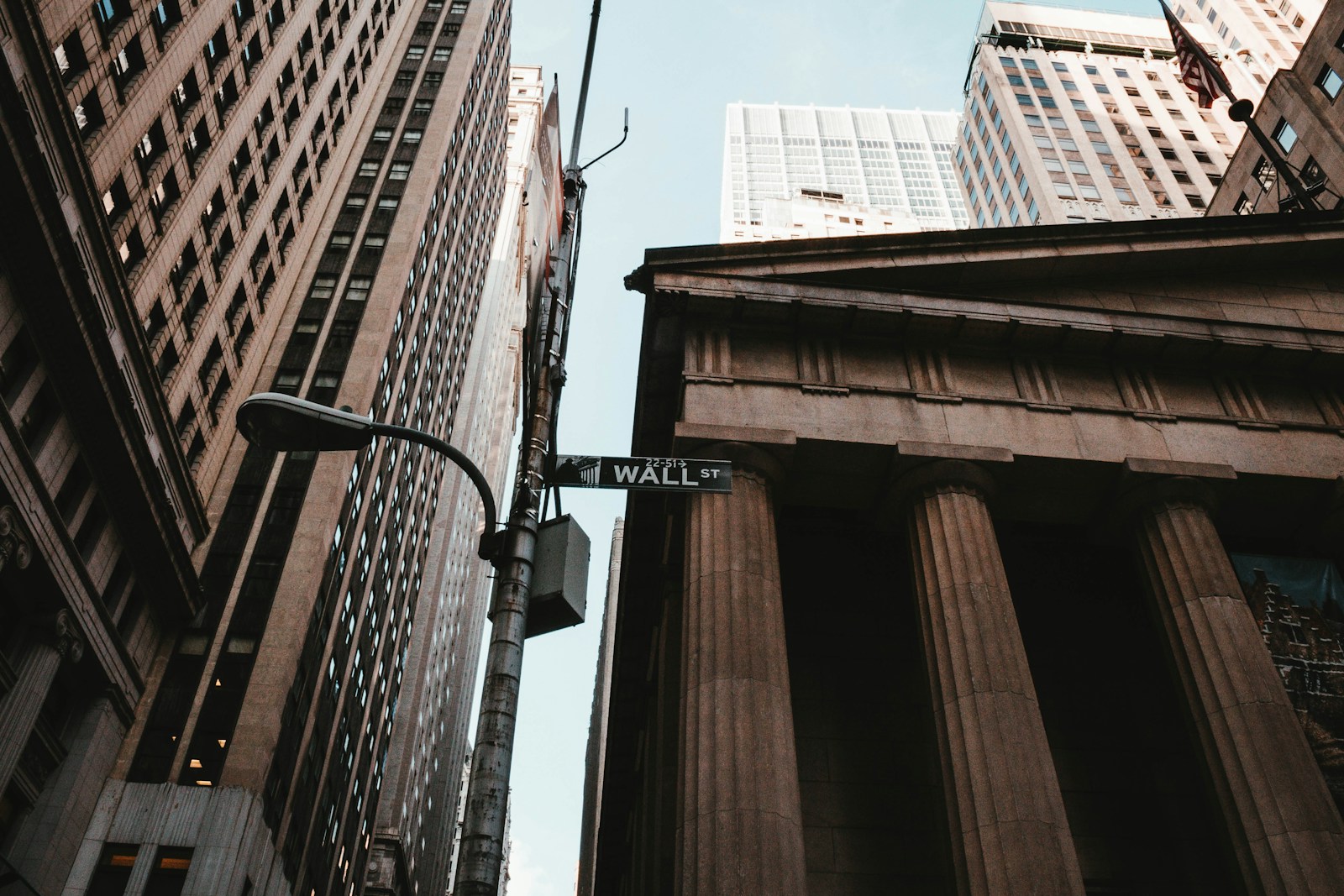Federal Reserve Chair Jerome Powell admits that the risk of a recession has risen in recent months. But he reassures the public that an economic downturn is not imminent.
“There is always an unconditional possibility of recession,” Powell said. He estimated the odds of a recession at any given time to be between 25% and 40%, based on historical patterns.
While the Fed does not officially forecast recessions, outside experts are paying attention. JPMorgan recently raised the chances of a U.S. recession to 40%. The main reason? Tariffs and other economic policies.
Powell acknowledged that many forecasters have slightly increased their recession expectations. However, he emphasized that the overall risk remains moderate.
Tariffs: A Major Challenge for the Fed
During his press conference, Powell quickly brought up the issue that’s dominating economic discussions—tariffs.
Tariffs impact inflation and economic growth in complex ways. Some experts argue that tariffs cause a one-time price increase, rather than sustained inflation. Others warn that tariffs can drive up prices and weaken economic growth, making the Fed’s job much harder.
Powell acknowledged that tariffs are playing a major role in the Fed’s revised economic outlook. “A good part of it is coming from tariffs,” he said.
The central bank is now forecasting slower growth and higher inflation. Powell suggested that if tariff-driven inflation is short-lived, the Fed may choose to “look through” it rather than take action. But if tariffs fuel ongoing inflation, the Fed could be forced to raise interest rates.
The Double Whammy: Inflation and Rising Unemployment
The Fed’s latest projections show inflation heating up while unemployment rises—a troubling combination.
Officials now expect the unemployment rate to hit 4.4% by the end of the year, up from 4.1% in February. Inflation, measured by the Personal Consumption Expenditures (PCE) price index, is expected to rise to 2.7%, up from 2.5%.
Some are calling this the early signs of stagflation, a period of rising prices and economic stagnation. But Powell pushed back on that comparison. “I was around for stagflation,” he said, recalling the 1970s when unemployment soared to 10% and inflation hit double digits.
Still, the combination of weaker growth and rising prices presents a serious challenge for the Fed.
No Rate Cuts Yet, But a Big Announcement
As expected, the Fed decided to keep interest rates steady at its latest meeting. But there was a significant change in its approach to quantitative tightening (QT).
QT is the process of selling off the Fed’s massive holdings of Treasury bonds. This helps reduce inflation by tightening the money supply.
Since 2022, the Fed has been selling $25 billion worth of Treasuries each month. Now, starting in April, it will slow the pace to just $5 billion per month.
This shift suggests that while the Fed remains concerned about inflation, it is also trying to avoid slowing the economy too much.
The Impact of Trump’s Economic Policies
President Donald Trump’s economic policies remain a wild card.
His tariffs have already led to higher prices and slower growth. His immigration policies could create labor shortages. Mass layoffs of federal workers could hurt local economies.
On the other hand, deregulation and tax cuts could provide a boost. The big question is how all these policies will balance out.
So far, the Fed is taking a cautious approach. Officials are waiting for more data before deciding whether to cut rates, keep them steady, or even raise them again.
Markets React to the Fed’s Decision
After the Fed’s announcement, U.S. stocks held onto their gains.
The Dow rose 230 points, while the S&P 500 gained 0.8% and the Nasdaq climbed 1.2%. Treasury yields dipped slightly, and the U.S. dollar weakened.
Investors had already expected the Fed to hold rates steady, so there were no major surprises. However, traders are watching closely for signals about when rate cuts might begin.
Slower Growth Ahead
Perhaps the biggest takeaway from the Fed’s latest projections is that economic growth is slowing.
Officials now expect U.S. GDP to grow at an annual rate of just 1.7%, down from their previous 2.1% forecast. That’s a nearly 20% decline in projected growth.
Consumer spending, which drives more than two-thirds of the U.S. economy, has been weakening. Retail sales rose just 0.2% in February, far below economists’ expectations.
If consumer spending continues to slow, the risk of a recession could rise even further.
The Road Ahead
The Fed has tough choices ahead. Inflation remains above target, but economic growth is slowing. Tariffs are adding uncertainty to the mix.
For now, the central bank is holding steady, waiting to see how things unfold. But with recession risks growing, the Fed may have to adjust its strategy sooner rather than later.






